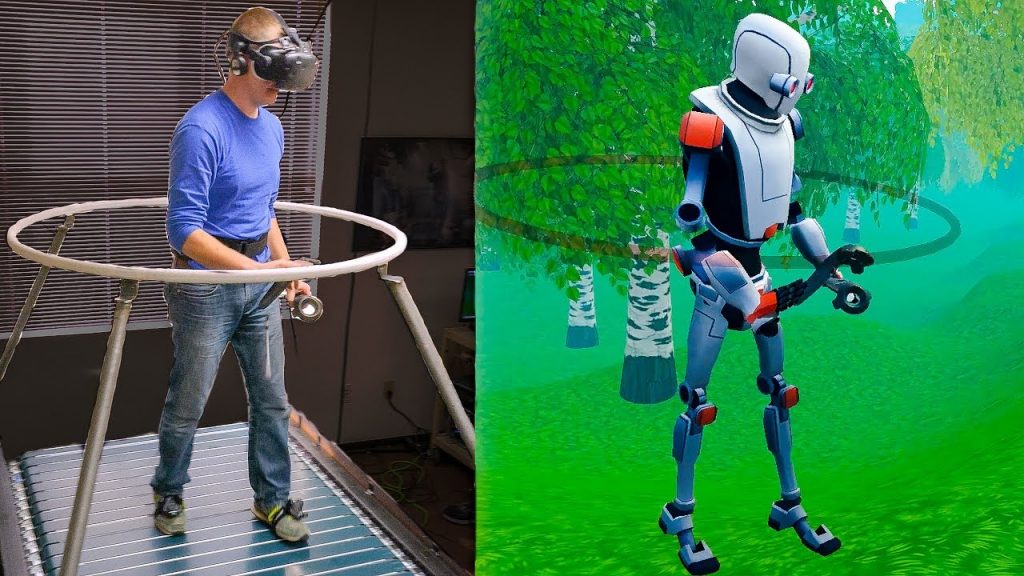Top 10 Energy Sources of the Future

Energy Sources
These are ten most promising alternative energy sources of tomorrow.
As the world becomes more and more dependent on energy, scientists and researchers are constantly looking for new and more sustainable ways to generate power. From alternative sources like wind and solar to emerging technologies like nuclear fusion, there is no shortage of potential options. Here are the top 10 energy sources of the future.
1. Solar power: The sun is a virtually limitless source of energy, and solar panels are becoming more affordable each year. Advancements in technology have also made solar panels more efficient and reliable.
2. Wind power: Wind turbines can be placed in locations with strong winds to generate electricity. Though wind power is still relatively expensive, continued investments and advancements in technology could make it more viable in the near future.
3. Nuclear fusion: Unlike nuclear fission, which produces nuclear waste and can lead to radiation leaks, nuclear fusion has the potential to generate immense amounts of energy without any harmful byproducts. While still in development, nuclear fusion could revolutionize the energy industry if successful.
4. Hydrogen fuel cells: Hydrogen is a clean-burning fuel that can be used in fuel cells to generate electricity for transportation and other applications. With the right infrastructure, hydrogen could be a viable alternative to fossil fuels.
5. Biofuels: Derived from biological materials like corn or sugarcane, biofuels have the potential to replace fossil fuels in the transportation sector. As research into new types of biofuels continues, they could become a more cost-effective and sustainable option.
6. Geothermal energy: Heat from the earth can be used to generate electricity through the use of geothermal power plants. While still relatively uncommon, geothermal energy has the potential to become a more widespread source of energy in certain regions.
7. Wave and tidal power: Energy from waves and tides can be harnessed to generate electricity through the use of underwater turbines. Though still in development, this technology could become a viable source of energy in the future.
8. Artificial photosynthesis: This process involves using a catalyst to convert carbon dioxide and water into fuel, mimicking the process of photosynthesis in plants. While still in its early stages of development, artificial photosynthesis could offer a sustainable way to generate energy.
9. Space-based solar power: By using satellites to capture solar energy in space, we could potentially avoid some of the limitations of ground-based solar power. Though still in development, this technology could offer a virtually limitless source of energy.
10. Fusion-fission hybrids: This type of reactor would combine the benefits of nuclear fusion and fission, potentially creating a more stable and efficient source of energy. While still in development, fusion-fission hybrids could offer a way to generate enormous amounts of energy without the risks associated with traditional nuclear power.
Overall, the future of energy is promising, with a wide range of potential sources available. By continuing to invest in research and development, we can create a cleaner, more sustainable global energy system that benefits everyone.









First Manned Aerobatic RACING Drone – Will it FLIP? ????
Google Stadia – BIGGER than the PS5 & Xbox 2?
The Extreme Physics Pushing Moore’s Law to the Next Level
How Tech Designed for Space Is Saving Lives on Earth
Working Mandalorian Helmet with HUD! – See 500 Feet In Total Darkness!